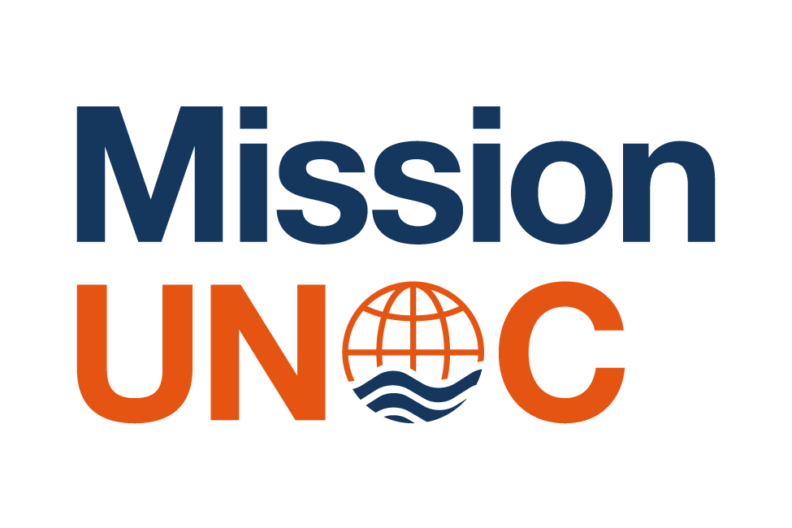Eutrophication, an important issue in the Baltic Sea
Aquatic environments are subject to various pressures from human activities, such as agriculture, industry and domestic run-off, etc. This leads to massive proliferation of microalgae and bacteria in the water, with severe impacts on coastal ecosystems and local populations. By better understanding existing pollution, its origin and communicating with relevant stakeholders through the Tara Europa Labs, we can identify areas for improvement.

What is eutrophication?
This biological phenomenon occurs when a significant amount of nutrients is released in the environment. These influxes come in particular through farm inputs, such as fertilizers, that allow plants to grow more quickly. However, the quantities supplied to ecosystems are often very large, causing excess nutrients to flow into the aquatic continuum from rivers to coastal areas. Once diluted in water, these nutrients stimulate the growth of microalgae and bacteria in such proportions that they suffocate the environment. This is the phenomenon of eutrophication.
Eutrophication occurs mainly in ecosystems where waters are slowly renewed. Coastal regions and estuaries are affected by this phenomenon because their waters are poorly mixed and polluted by run-off from human activity. Depending on the region, various types of phytoplankton species grow faster than others.
The case of the Baltic Sea
The Baltic Sea is a relatively closed ocean basin where the cycle of water renewal can take up to 30 years. All pollution from anthropic activities therefore flows to the sea and accumulates there in extremely high concentrations.
As a result, nitrogen fixing cyanobacteria tend to multiply in this area, thus forming very important efflorescence. The water turns green as phytoplankton accumulates on the surface.
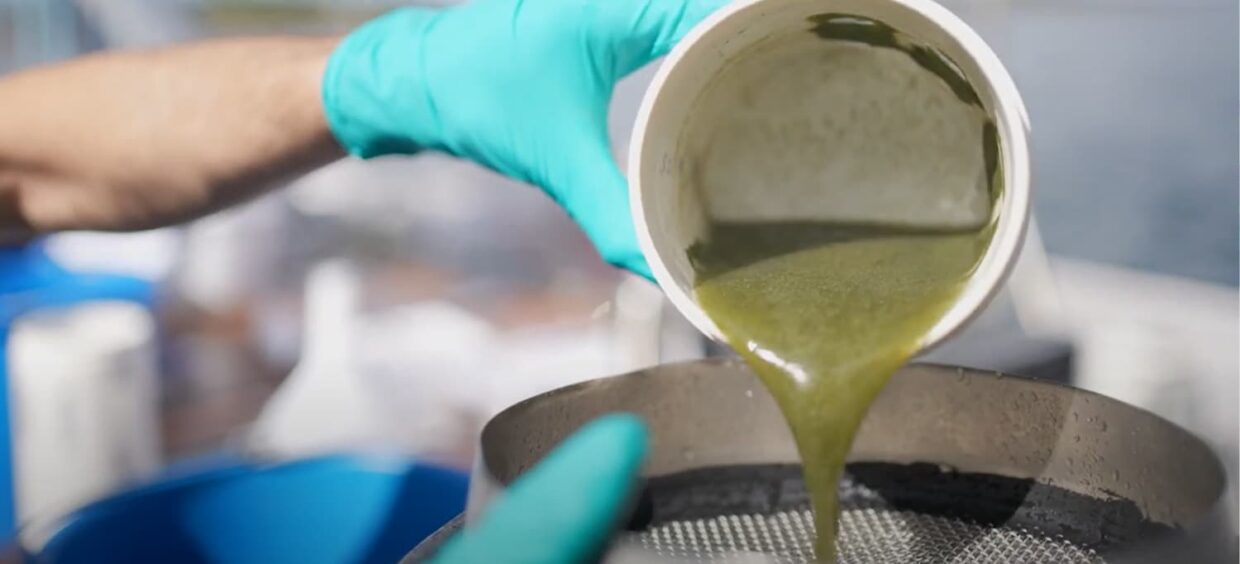
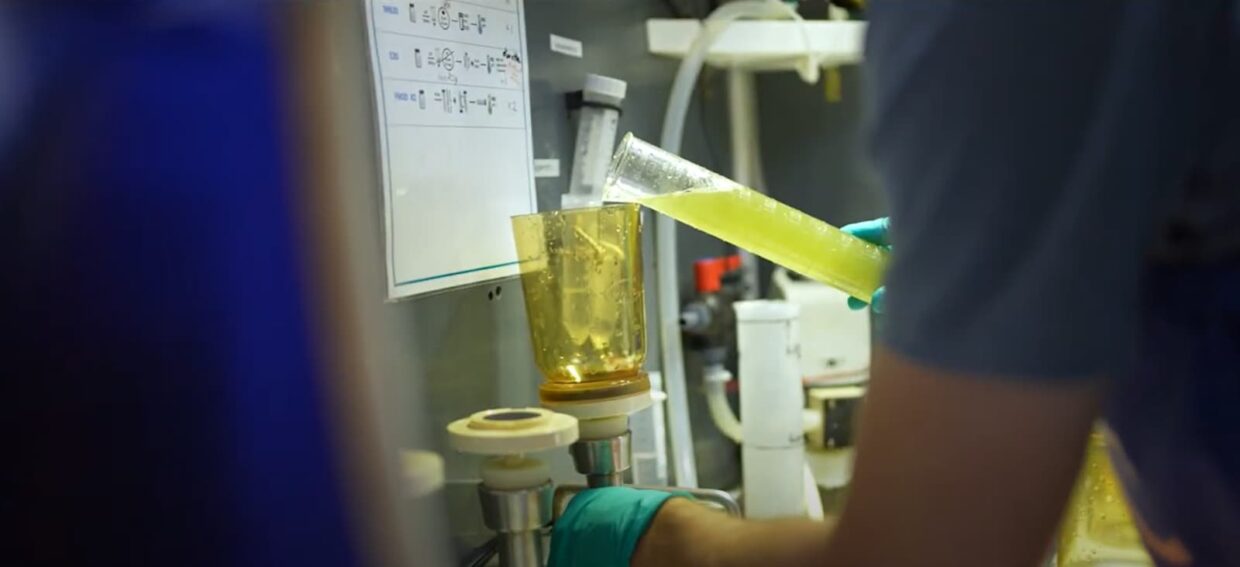
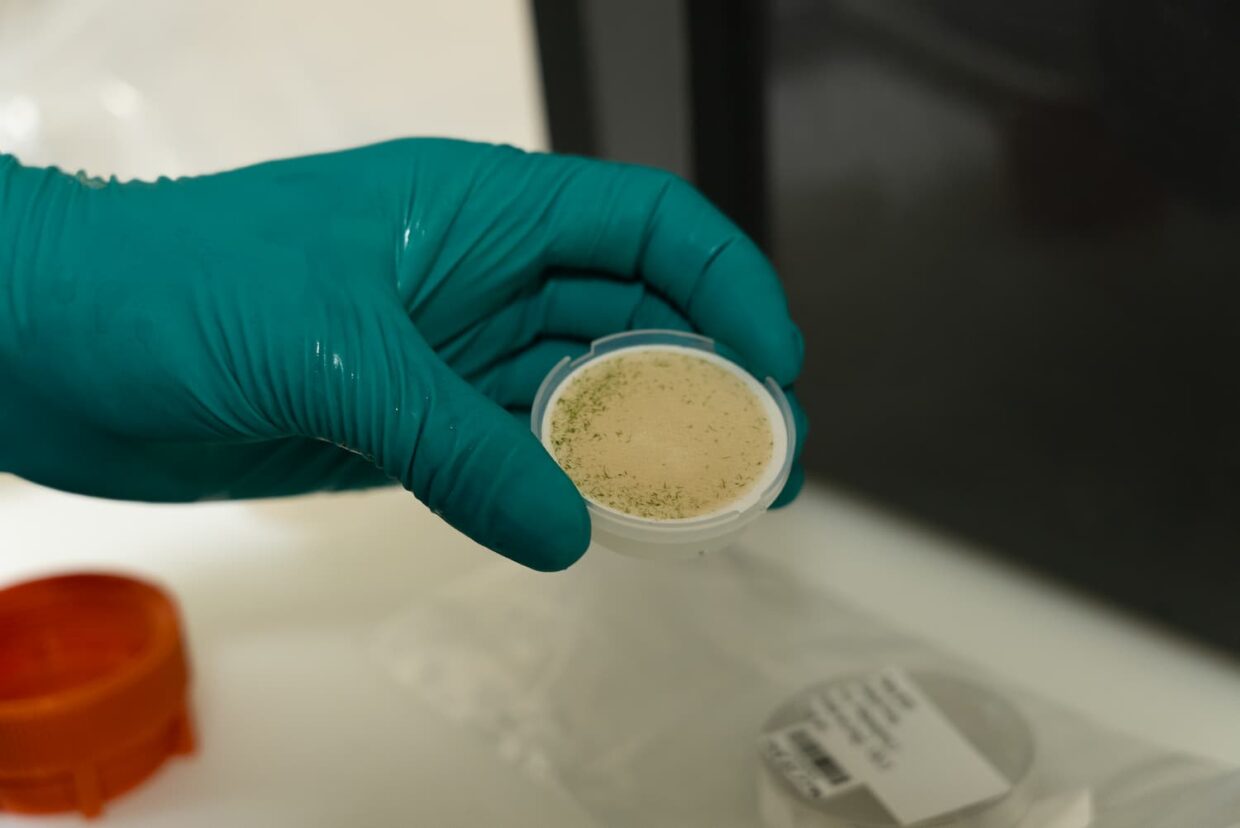
This phenomenon is increasingly well known, even though further research is needed to understand the impact of human activities on aquatic ecosystems.
With the purpose of answering these questions, the schooner Tara is currently sampling European coastal waters.
A 2-year expedition launched in April 2023, Tara Europa is part of the TREC (TRaversing European Coastlines) program in partnership with the European Molecular Biology Laboratory (EMBL). Sampling is carried out in 2 stages: 2023 was devoted to studying the northern coasts of Europe while 2024 is dedicated to the Mediterranean coasts.
The same standardized protocols are implemented both on land and at sea in order to sample:
- waters
- soils
- and sediments
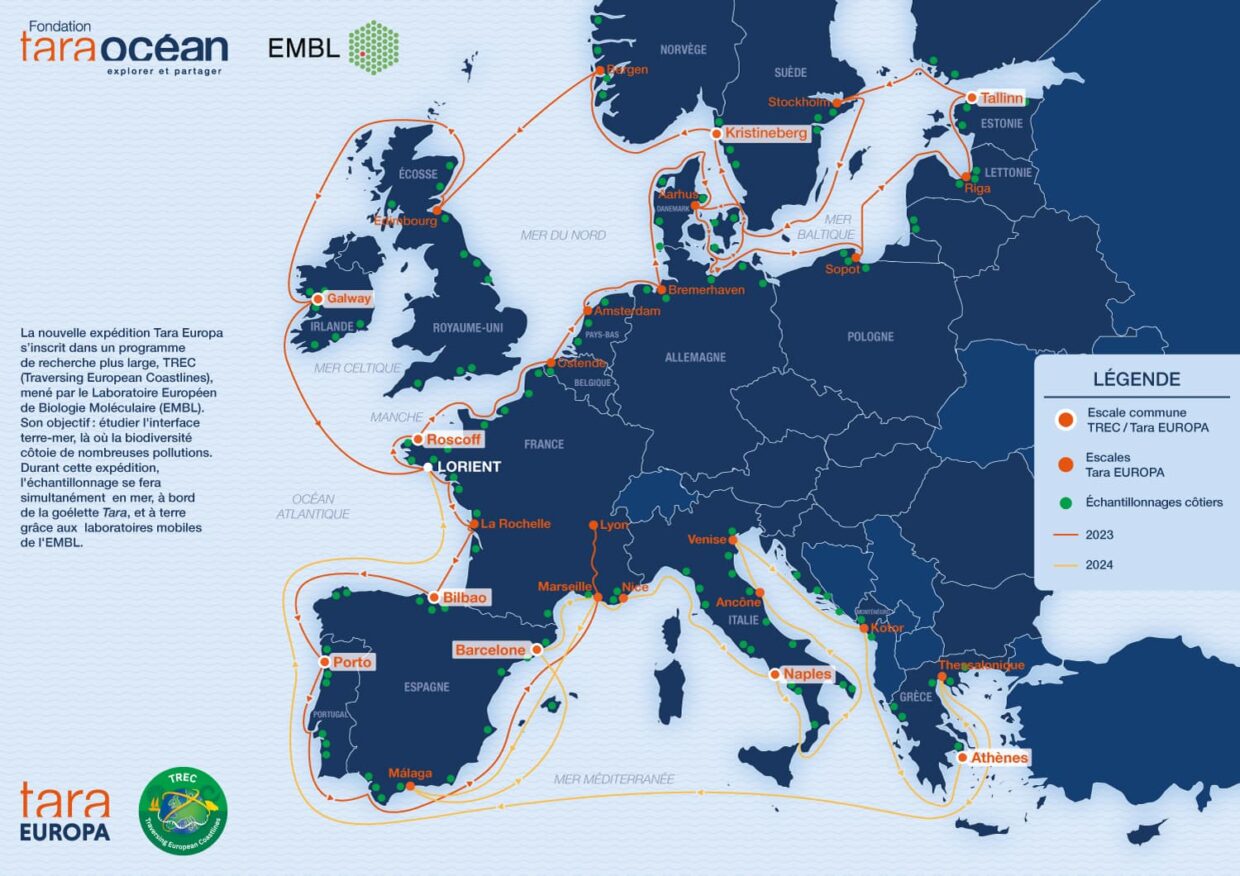
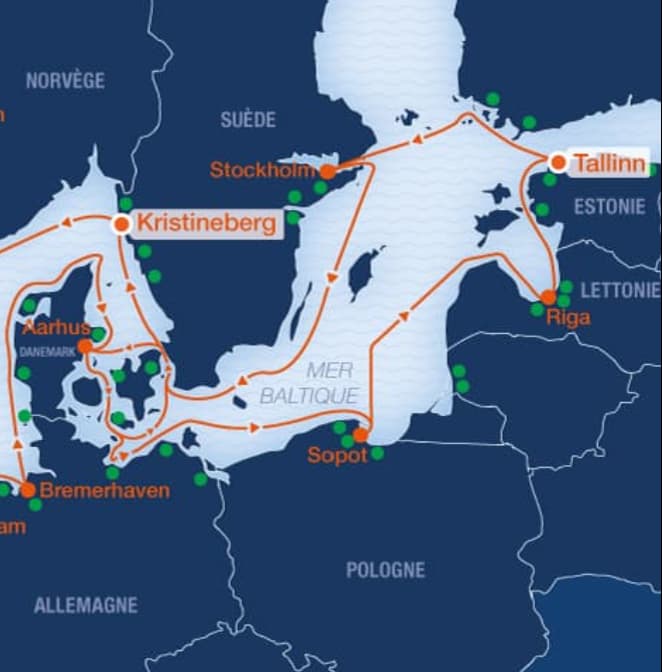
Road map of the Tara Europa expedition and focus on the sampling sites in the Baltic Sea © Tara Ocean Foundation
In the Baltic Sea, the Tara scientists collected samples off Poland (Sopot), Latvia (Riga), Estonia (Tallinn) and along the Swedish coasts (Stockholm and Kristineberg).
Following the same sampling protocol simultaneously on land and at sea in the same area will provide an overview of what is happening in different ecosystems.
For the first time, scientists will be able to understand and compare the ongoing processes in coastal ecosystems in the northern (Baltic Sea) and southern (Mediterranean) parts of Europe, for instance.
Comparable data between 2 ecosystems are very difficult to find. This is therefore the strength of the Tara Europa/TREC program.
What are the issues associated with massive phytoplankton proliferation?
In general, eutrophication modifies all ecosystems.
In addition to suffocating the area where mass proliferation takes place, eutrophication may also have other direct and indirect effects, such as:
- impacting the growth of other phytoplankton species (direct effect)
- changing water turbidity (direct effect)
- leading to the migration of new opportunistic species (indirect effect)

What are the solutions to these blooms?
In Tallinn (Estonia), an exchange time was organized with several European players during a Tara Europa Lab*. When discussing how to reduce eutrophication, avenues for improvement around the transition of agricultural and industrial activities on land were defined.
The Estonian government, through Harry Liiv, a member of the Estonian Ministry of Climate and the Helsinki Commission, addressed the economic and social aspects associated with the fight against eutrophication, and presented measures already in place such as input quotas allocated to Baltic coastal countries.
Much remains to be done, but all participants welcomed this space for dialog around one of the priority environmental issues for Estonia and its border countries.
Thus, by studying coastal ecosystems, understanding local issues and collaborating with regional stakeholders, solutions can be identified and implemented.
*Meeting between TREC scientists and local stakeholders (NGOs, decision makers, representatives of local industrial activities, etc.).
